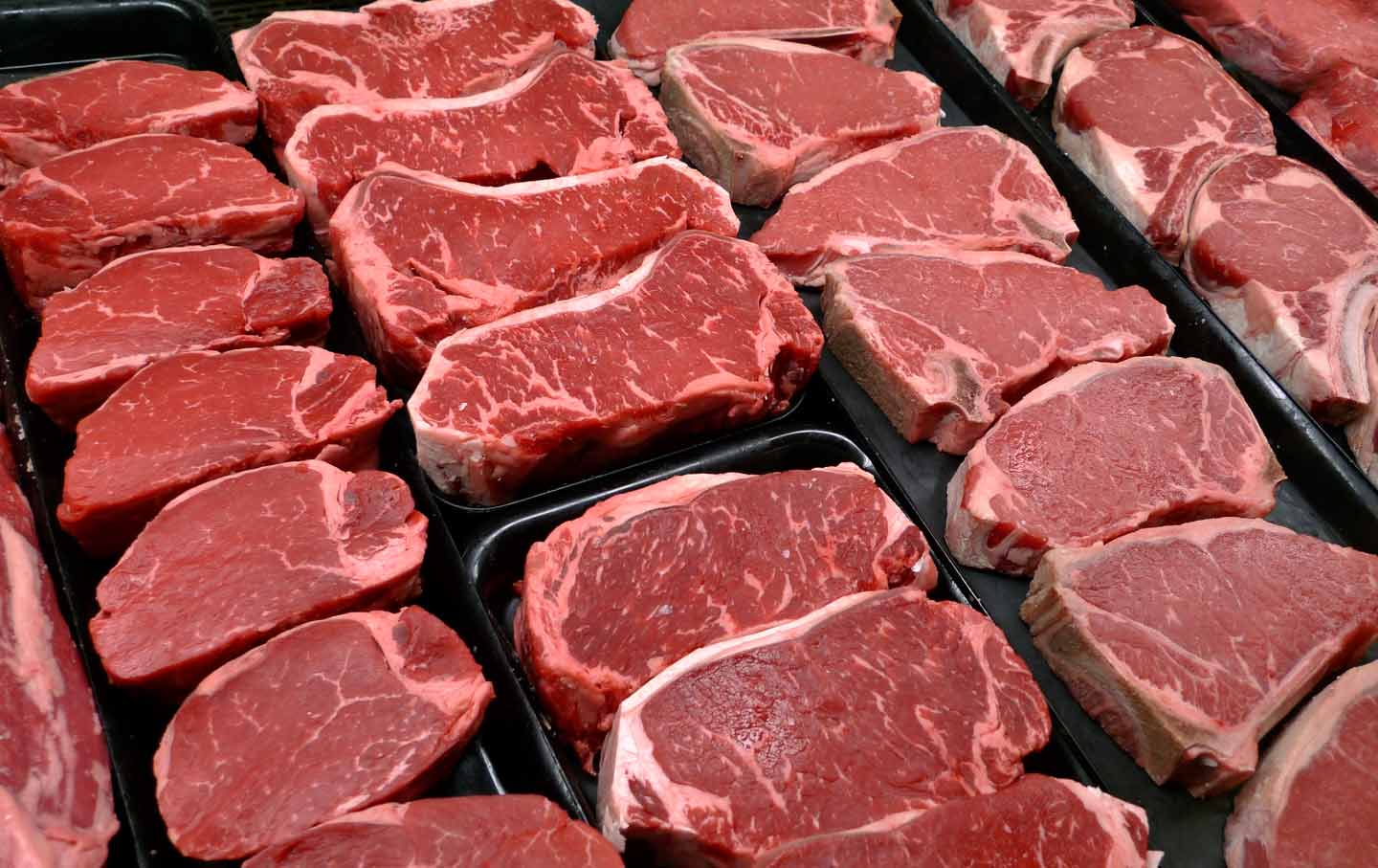Vegetarians eliminate meat and sometimes other animal foods, while vegans completely restrict meat, fish, eggs, dairy and all animal-derived food products. Since flexitarians eat animal products. Flexitarian is a term recently coined to describe those who eat a mostly vegetarian diet but occasionally eat meat. Many people who call themselves flexitarian or semi-vegetarian have given up red meat for health reasons while others, for environmental reasons, only eat free-range or organic animals and animal products. Jul 10, 2018 Smelling disorders, including phantom smells and a lack of smell, can be a sign of serious health problems. In a 2009 episode of “Mad Men,” a character with some major health issues — stroke. But, such meat grinders are cost prohibitive for most occasional users. After doing a fair amount online research to compare features and costs, I’m going to recommend a Weston Pro-series #32 tabletop meat grinder that sells for about $750.
Last Updated on
The flexitarian diet is an eating style similar to vegetarianism, but it allows a person to occasionally eat animal products, such as meat. The diet emphasizes an intake of fruits, vegetables.
Eating meat is obviously very natural for dogs.

It’s a fact that carnivorous canines thrive on juicy protein-packed animal flesh. Whether you have chicken, turkey, lamb and beef…
Meats are way superior to kibble!
But which types are best for dogs? And is cooked or raw the way to go?
A juicy topic!
Be Selective When Feeding Your Dog Meats
Raw or under-cooked meats tend to provide the most valuable protein.
Rest assured, sharing is caring! Just avoid adding any spices.
A Meat To Avoid
Many would disagree but pork is the least desirable type of meat (this applies to dogs as well).
The reason?

It is fairly rich and also prone to parasites. Trichinosis, in particular, is a very dangerous roundworm.
So regardless of how you serve it, pork generally isn’t great for dogs.
It also happens to be a tough meat to fully digest. That means no pork chops or baloney (bologna)!
The good news:
Most other meats are appropriate for your dog to eat.
Pro Tip: Match meat consumption with the dog’s caloric needs. Take their level of physical activity into account.
Raving About Raw
Cooked meat is viewed more favorably than raw, but try to let go of personal preferences when it comes to your dog’s diet.
Medium-well or well-done is not optimal. Cooked meat is not what your dog would be eating in the wild.
Some of the best flesh to feed? Raw!
Pieces of uncooked steaks and other types of choice beef (straight from the butcher).
Also, read up on fat as well as bones!
The Safest Meats
When it comes to your dog, safety is a big concern.
A potential for parasitic disease and sickness is very real. Either raw or cooked:
Feed fresh meat!
Quality beef, turkey and lamb are recommended. These are particularly excellent choices for serving raw meat.
One more thing…
Avoid giving raw fish. It may contain flukes (a parasite that can harm your dog’s liver).
It’s Not So Easy
As we said, raw meats offer many merits. Your dog can surely benefit from such a diet.
Realistically though, it’s a difficult routine to stick to. This is especially true long-term.
You see…
Food prep and the carnivorous commitment isn’t so convenient. And feeding pure meat is expensive compared to conventional dog foods.

Honestly, an occasional slab of fresh meat is more realistic.
Select Dog Food
A mostly meat diet clearly compares favorably to cheap conventional dog food.
It never makes sense to buy low-grade pet food.
Get a quality brand — one that offers lots of valuable meat protein.
Be sure to choose one with high protein and antioxidants (but minus lots of grains).

The Bottom Line
Owners who feed their dogs fresh meat are smart to do so.
Chicken, beef, lamb, turkey and most other animals are A-OK. But avoid uncooked fish and pork altogether.
How to provide a dog with a special protein-packed meal?
Occasional Meat Eater
Undercooked or raw!
For most folks, a premium dog food is a consistent and convenient choice for providing meat protein.
What Do You Think? Have Your Say Below…
Chicken or Italian sausages are on my personal plate only occasionally. Beef, lamb, duck or any kind of other meat I don’t really miss although I won’t refuse if I’m eating in a restaurant or if I’m invited.
Occasional Meat Eater
Tonight’s recipe wouldn’t be the same without little meatballs ( Iris has her vegetarian substitute).
Chop 500 grams of eggplant and 500 grams of tasty pumkin in cubes. Spread on baking paper. Add 1 teaspoon of fennel seeds, 1 teaspoon of cumin seeds, 1/2 teaspoon of coriander seeds, 2 teaspoon of dried thyme and 1/2 teaspoon of turmeric powder. Spread some olive oil. Mix. Bake in the oven at 180° for 30-40 minutes. Stir halfway. Add 4 chopped garlic cloves and 1 chopped chili.
Remove the skin of 200 grams of chubby Italian sausages. Add 1 teaspoon of fennel seeds. Create meatballs. Bake in the oven on baking paper until ready and crispy.
Boil 100 grams of fregola al dente. Drain.
Mix vegetables with fregola. Add pepper and salt. Finish with fresh coriander and a drizzle of lemon juice.